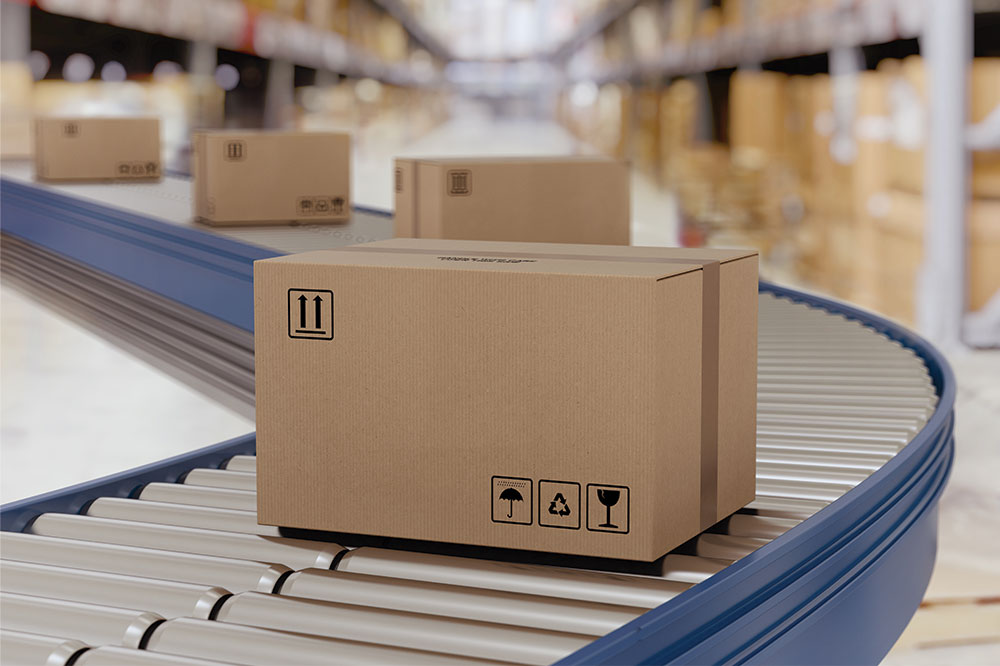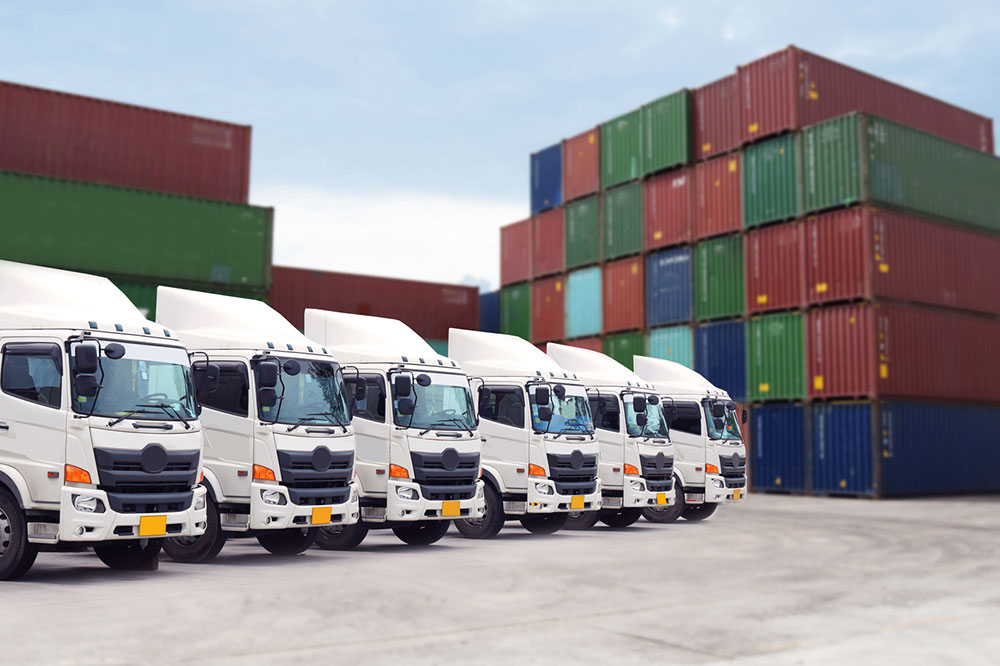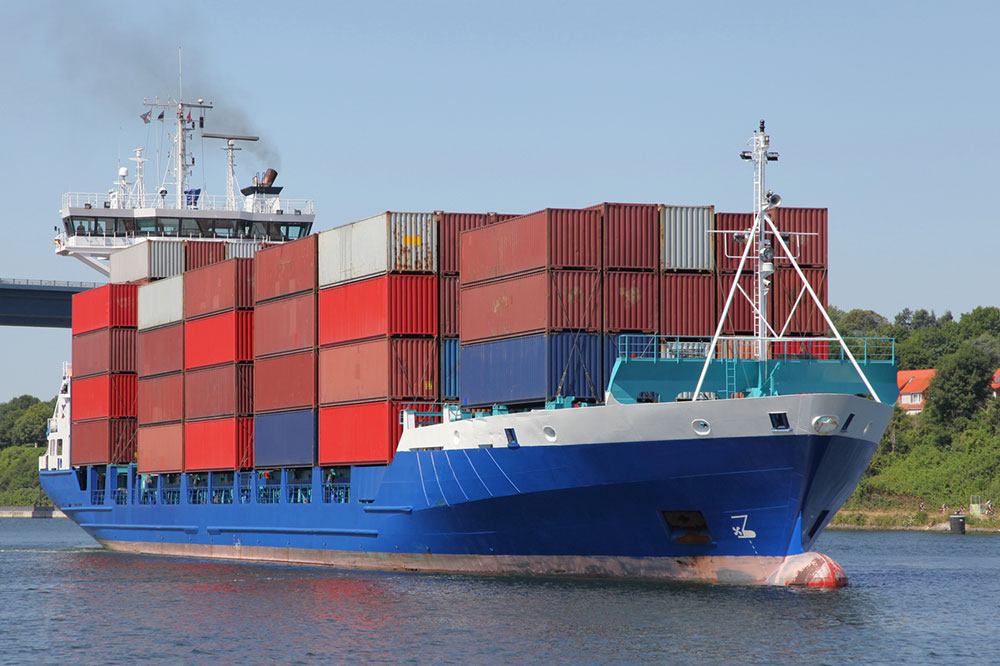Comprehensive Overview of Material Handling Conveyor Belts and Their Applications
Explore the comprehensive guide to material handling conveyor belts, understanding their types, applications, and benefits across various industries. Discover how these conveyor systems enhance efficiency, safety, and automation in manufacturing, recycling, and logistics sectors. Learn about maintenance tips, future technological trends, and tips for selecting the best conveyor belt for your operational needs.

In the realm of industrial automation and logistics, material handling conveyor belts play a pivotal role in streamlining operations, increasing efficiency, and ensuring safety across multiple sectors. These conveyor systems are engineered to transport a broad spectrum of goods—from lightweight packages to heavy bulk materials—by utilizing continuous, looped belts supported by strategically placed pulleys. Their diverse designs cater to the specific needs of various industries, making them indispensable tools in modern manufacturing, warehousing, mining, recycling, and food production facilities. This detailed exploration of the different types of conveyor belts highlights their features, applications, and benefits.
What Are Material Handling Conveyor Belts?
Material handling conveyor belts are specialized mechanical systems designed to facilitate the movement of goods within a facility or across manufacturing lines. They are integral components of automated systems that help reduce manual labor, accelerate processing times, and maintain consistent workflow. These belts operate as closed-loop systems, supported by pulleys or rollers, and are powered either by electrical motors or manual mechanisms depending on their design and application. By choosing the appropriate conveyor belt type, industries can optimize their operational efficiency, minimize downtime, and enhance safety protocols.
Types of Material Handling Conveyor Belts
The diversity of conveyor belts stems from various designs tailored to meet specific operational challenges. Here we delve into the most common types used across industries:
Roller Bed Conveyor Belts
Among the most widely used conveyor systems, roller bed belts feature multiple rollers arranged in parallel beneath the belt surface. These rollers support the load and facilitate smooth movement of items, especially suited for handling heavy and bulky goods. Typically made of steel or other durable materials, roller bed conveyor belts are especially effective in assembly lines, airports, and shipping centers, where high capacity and reliability are necessary. Their design minimizes friction and wear, ensuring long-term operational performance.
Hinged Belt Conveyors
Hinged belt conveyors are recognized for their rugged construction, primarily used in recycling and scrapyard operations. These belts are composed of metal plates hinged together, forming a continuous loop that can handle sharp, bulky, or irregularly shaped materials. The metal surface makes them resistant to abrasion and capable of withstanding harsh environments. Hinged belt conveyors streamline the process of sorting, recycling, and waste management, enabling efficient transfer of scrap metal, plastic, and other recyclable materials.
Woven Metal Conveyor Belts
Woven metal belts are crafted through interlaced wire mesh, offering excellent heat resistance, airflow, and durability. Their open mesh design allows for effective cooling, drying, or heating processes, making them ideal in food processing, baking, and high-temperature manufacturing industries. The flexibility of woven metal belts allows them to navigate around complex conveyor configurations while maintaining their structural integrity and performance under demanding conditions.
Flat-Bed Conveyor Belts
Flat-bed conveyors are among the most versatile systems used for internal transportation of goods within facilities. These belts are constructed from rubber, PVC, or other synthetic materials, providing a smooth, flat surface for a wide range of items. They are frequently employed in packaging lines, assembly processes, and inspection stations. Flat-bed conveyor belts are customizable in width and length, and can be integrated with accessories such as side guards and load stops for enhanced safety and efficiency.
Key Benefits of Material Handling Conveyor Belts
Implementing conveyor belt systems offers numerous advantages, including:
Enhanced operational efficiency through continuous movement of goods
Reduction in manual labor and associated costs
Improved safety by minimizing human handling of heavy or hazardous materials
Flexibility in handling different types of products and weights
Ability to automate complex manufacturing and logistics processes
Choosing the Right Conveyor Belt for Your Industry
Selection hinges on factors such as the type of product, weight, throughput rate, environmental conditions, and budget constraints. For instance, heavy-duty metal belts are suitable for recycling plants, while lightweight flat belts suit food packaging operations. Consulting with specialists or conveyor system manufacturers can help in designing a tailored solution that meets your specific operational requirements.
Maintenance and Safety Considerations
Proper maintenance, including regular inspections, lubrication, and replacement of worn components, ensures longevity and optimal performance of conveyor belts. Safety protocols such as emergency stop systems, safety guards, and operator training are crucial for preventing accidents and ensuring a safe working environment.
Future Trends in Conveyor Belt Technology
Emerging innovations include the integration of smart sensors for real-time monitoring, automated sorting systems, and energy-efficient drive mechanisms. These advancements aim to further enhance operational efficiency, reduce energy consumption, and provide predictive maintenance capabilities, paving the way for smarter, more sustainable manufacturing environments.
In conclusion, understanding the various types of material handling conveyor belts and their respective applications is essential for optimizing industrial operations. Whether in manufacturing, logistics, recycling, or food processing, selecting the right conveyor system can significantly impact productivity, safety, and overall operational excellence.





